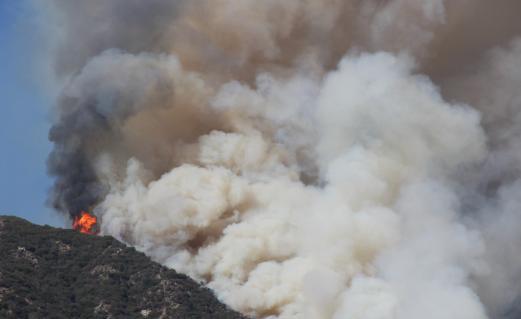January 4, 2024: Los Angeles Issues State of Emergency Due to Severe Wildfires
On January 4, 2024, Los Angeles Mayor Karen Bass issued a state of emergency as several wildfires, intensified by fierce Santa Ana winds, devastated parts of Southern California. The Palisades and Eaton fires have together scorched thousands of acres, obliterated over 1,000 structures, and resulted in at least two deaths. The infernos have triggered extensive evacuations, with tens of thousands of residents compelled to abandon their homes.
Firefighters are confronting the blazes under arduous conditions, with wind gusts reaching up to 100 mph, obstructing containment operations. The Los Angeles Fire Department has dispatched over 1,400 personnel to tackle the flames, employing both land crews and aerial support. Nevertheless, the extreme winds have grounded some aircraft, complicating firefighting endeavors. Governor Gavin Newsom has sought federal assistance, and President Biden has greenlit the deployment of additional resources to aid the state’s initiatives.
The wildfires have also resulted in considerable infrastructure issues, such as power outages impacting hundreds of thousands of residents and reports of fire hydrants going dry in specific locations. Air quality in the region has worsened, leading to health advisories for susceptible populations. Authorities are encouraging residents to adhere to evacuation orders and to remain informed through official channels as the situation continues to change.

